Ethics of AI Project
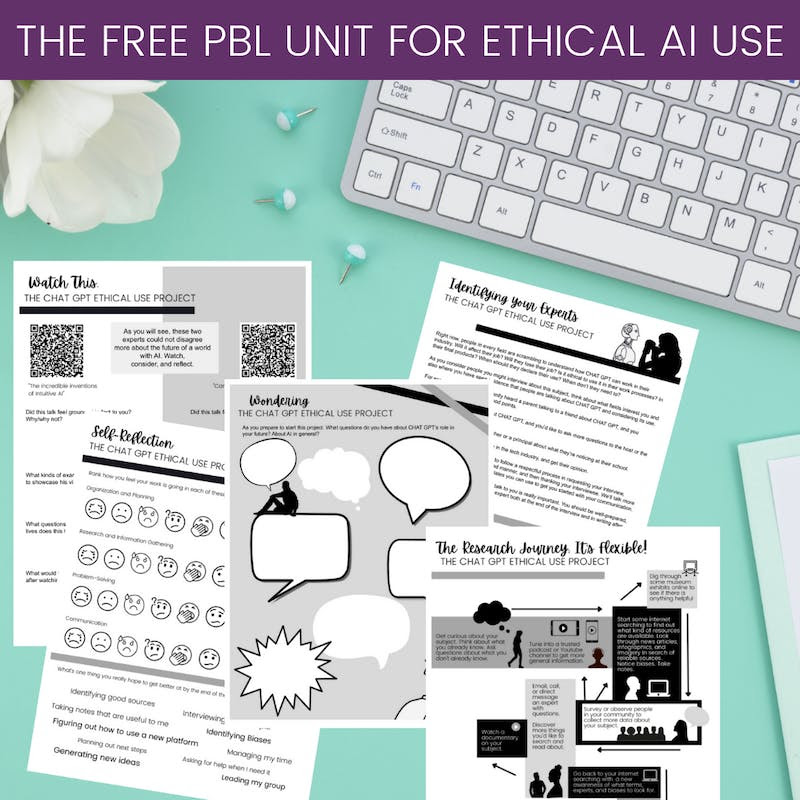
AI is here and everyone is paying attention, including our students. Maybe they’re wondering how it can help them with their work, while still making room for their originality, creativity, and sense of morality. This project-based learning unit is designed to help them figure it out.
Collaborative Project Ideas
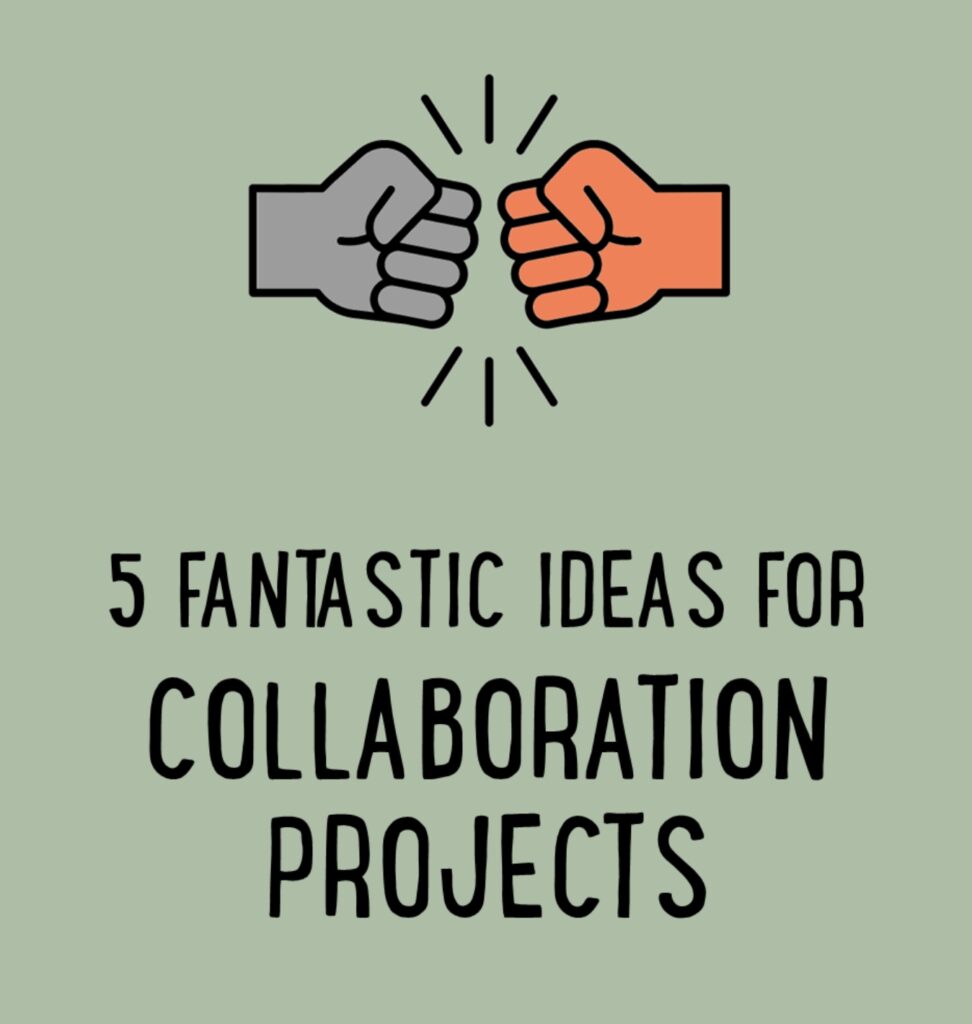
Working together to solve problems and create new things is a vital part of life, so it makes sense to practice it in school. The ideas presented here are for teacher-tested, customizeable projects that went well and got students actually collaborating, not just dividing up the work.
Hexagonal Thinking Actvities
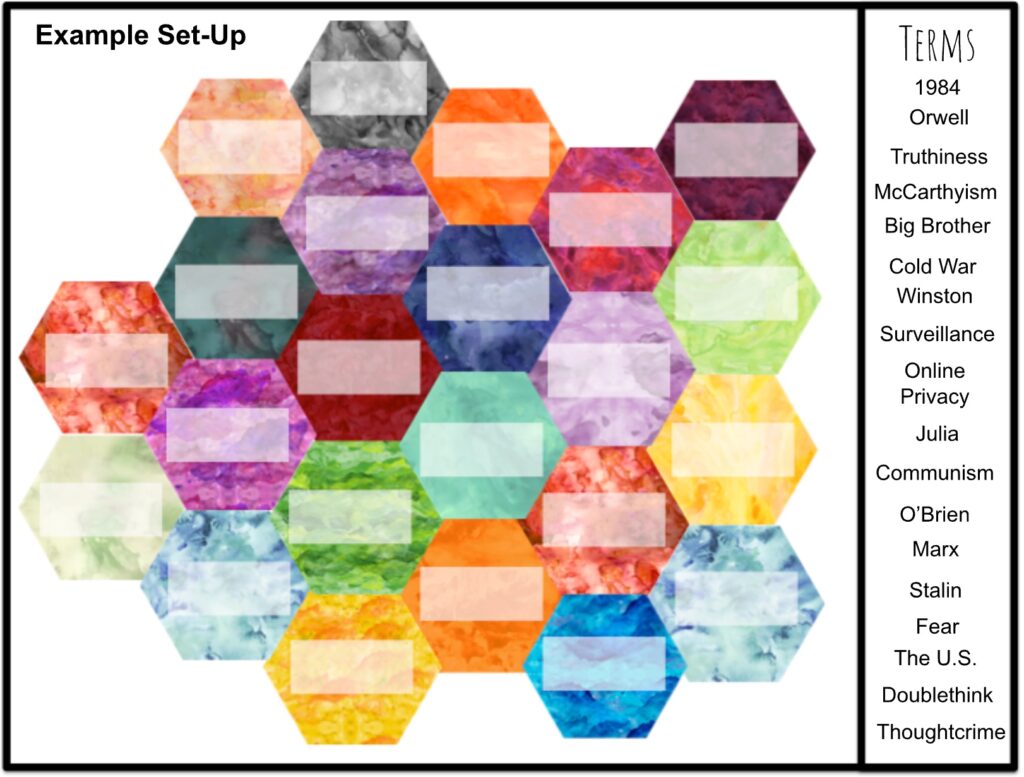
Hexagonal thinking is a simple method that yields big critical thinking results. Kids take a set of hexagons with varied terms, concepts, themes, real-world connections, etc. that relate to your current unit of study, and then link them together into an interconnected web. In pairs, groups, or even alone, they must use their critical thinking skills to decide which hexagons link best to which others.
Exit Tickets
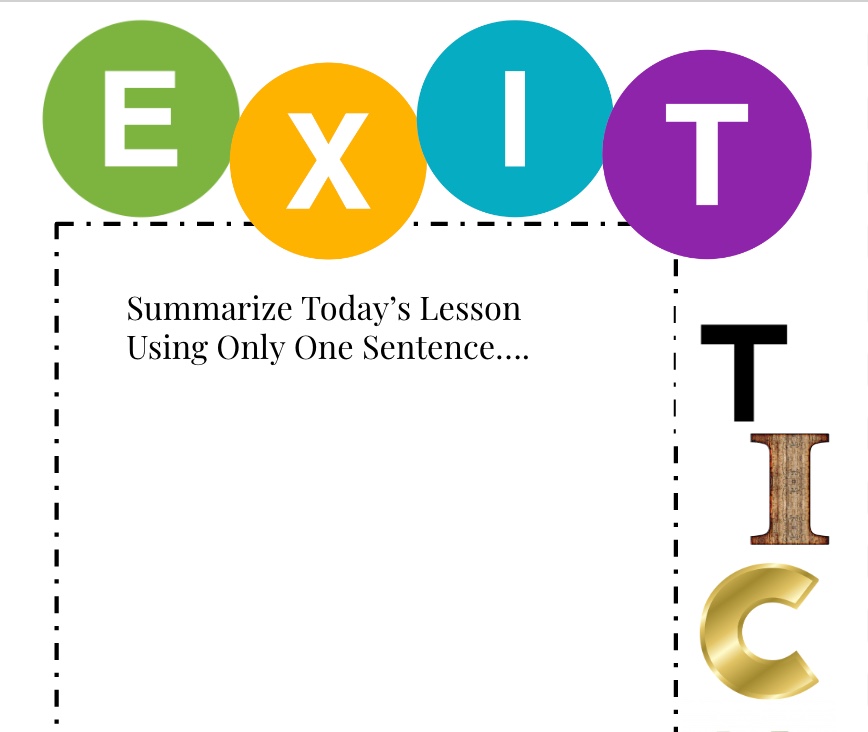
Exit tickets collect feedback on students’ understanding at the end of a class and provide the students with an opportunity to reflect on what they have learned. They can be helpful in prompting students to begin to synthesize and integrate the information gained during a class period.
#oneword2022

What is your ONE WORD for 2022? This creative assigment is a great way to have students reflect on their goals, ambitions, dreams, hopes and/or aspirations for 2022.
Matt Thomas’ EL Video Archives
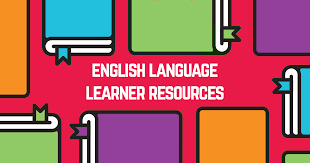
Here you will find all the video workshops created by our very own Matt Thomas on a variety of topics ranging from understanding teenagers to teaching English Learners. This page will be updated as Matt creates new content.
Station Rotations
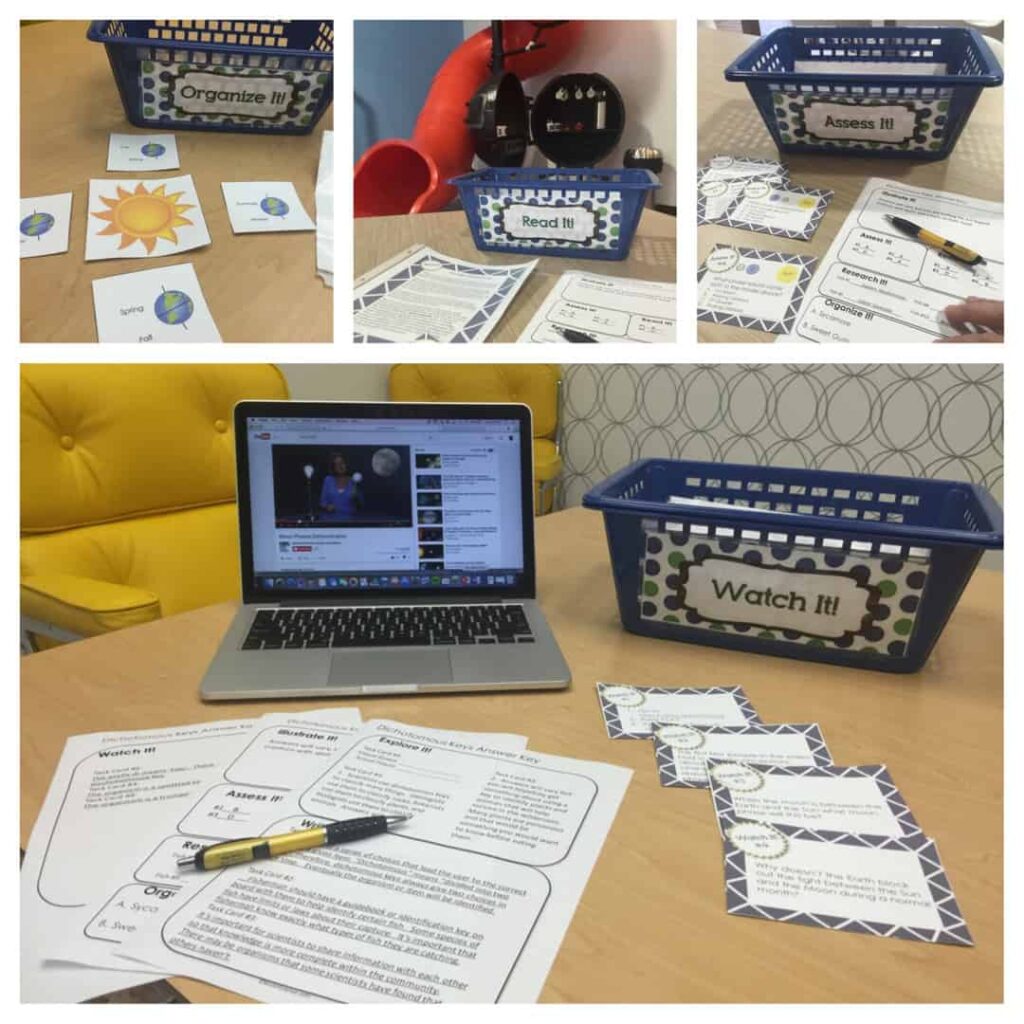
The Station Rotations Model is essentially the secondary version of Learning Centers, which are commonly used in elementary classrooms. Almost any lesson in any content area can be turned into a stations activity. Stations do require more prep than a lot of other activities, but once you’re set up, the lesson takes care of itself…
How to Use Podcasts in the Classroom
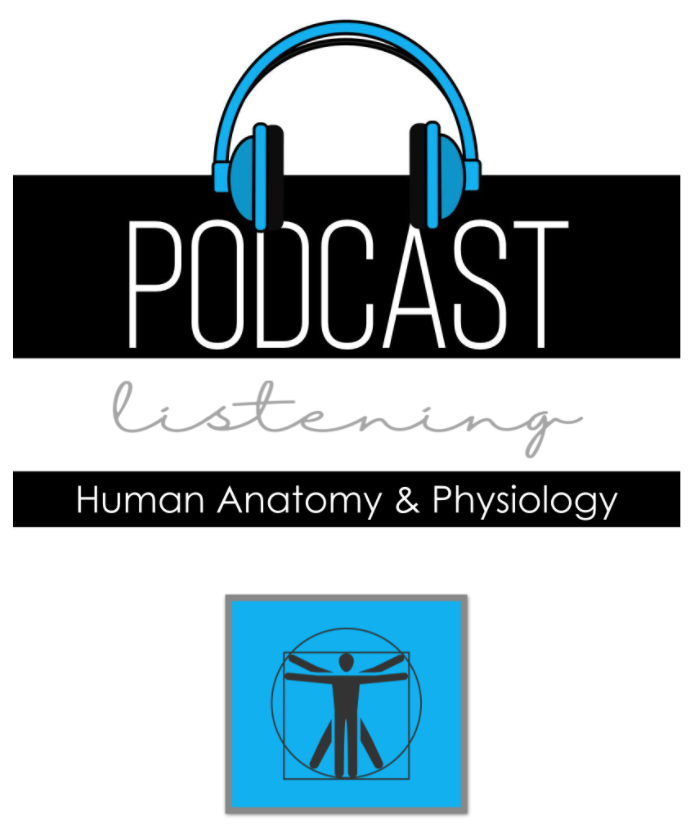
Educational podcasting has been growing in popularity in recent years. Students can listen to a podcast at the beginning of a unit as a way to generate interest in the topic or at the end of a unit as a way to extend and apply what they have learned. To take it further, you can have students create their own podcast as a project-based learning unit.
Thin Slides EduProtocol
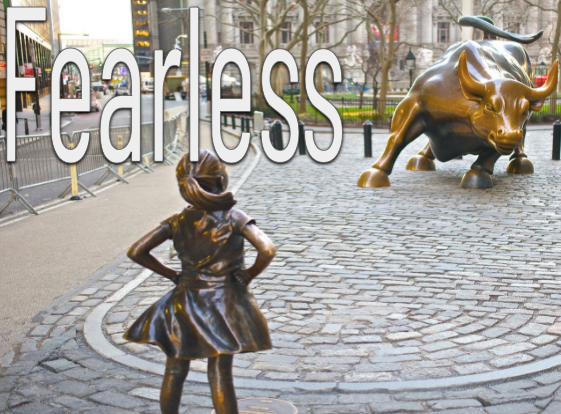
In this EduProtocol, students are provided a word and asked to create a slide with the word, a definition, and a picture in 3 minutes or less. Students are given about 5-10 seconds to share and “whip around” the classroom.
Iron Chef EduProtocol

The Iron Chef EduProtocol, modeled after the Iron Chef Cooking show, is a modernized version of the jigsaw. Students work in small groups to read, synthesize create, and present to their peers.
Cyber Sandwich EduProtocol
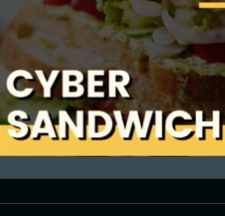
The Cyber Sandwich EduProtocol is a lesson frame in which students work in pairs or small groups to create a collaborative Venn Diagram. They record notes, compare and contrast topics, and summarize what they have read in this structured think-pair-share activity.
Thinking Routines for the Online Classroom
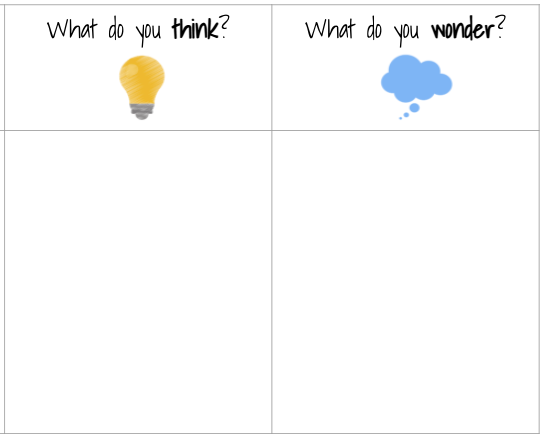
Project Zero at Harvard’s Graduate School of Education has created a collection of Core Thinking Routines as part of their Visible Thinking Project. This post highlights 5 Routines that encourage students to be intentional thinkers and provides a “how-to” document and Google Slides template for each.
Creative Ways to Use Jamboard
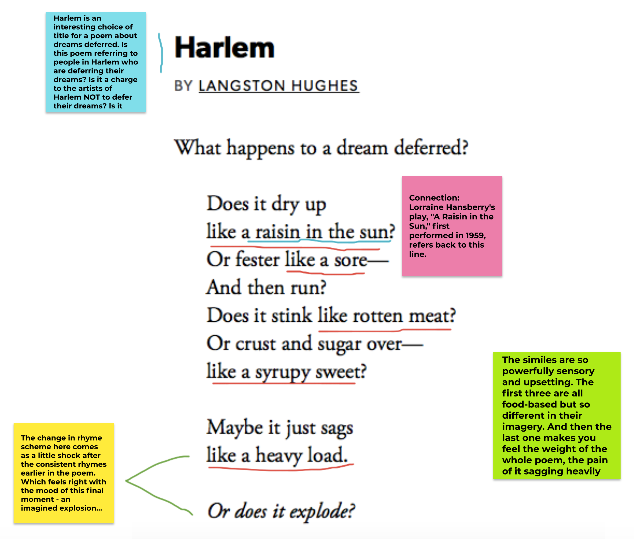
Jamboard is Google’s digital whiteboard that gives students a place to brainstorm and work collaboratively using drawing and writing tools, sticky notes, shapes, images, and more. This resource includes templates and activity ideas including annotations, photo comic strips, voting, pros and cons discussions, Top 10 Lists, and Four Corners.
Engage-Explore-Explain Choice Boards
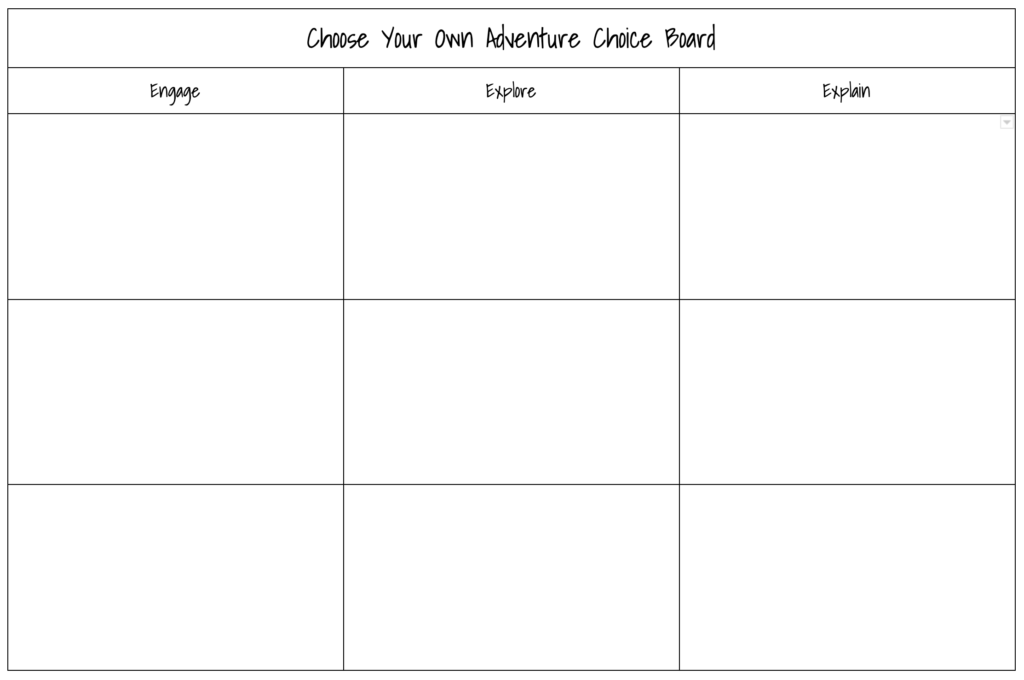
A choice board is a graphic organizer that allows students to choose different ways to interact with a particular topic. Teachers can require that students complete items from the choice board in a specific way, such as choosing one activity from each row or column. In this example, each column contains a different category of activities that ask students to engage with, explore, or explain somethng related to the topic.
Choose Your Own Adventure Project
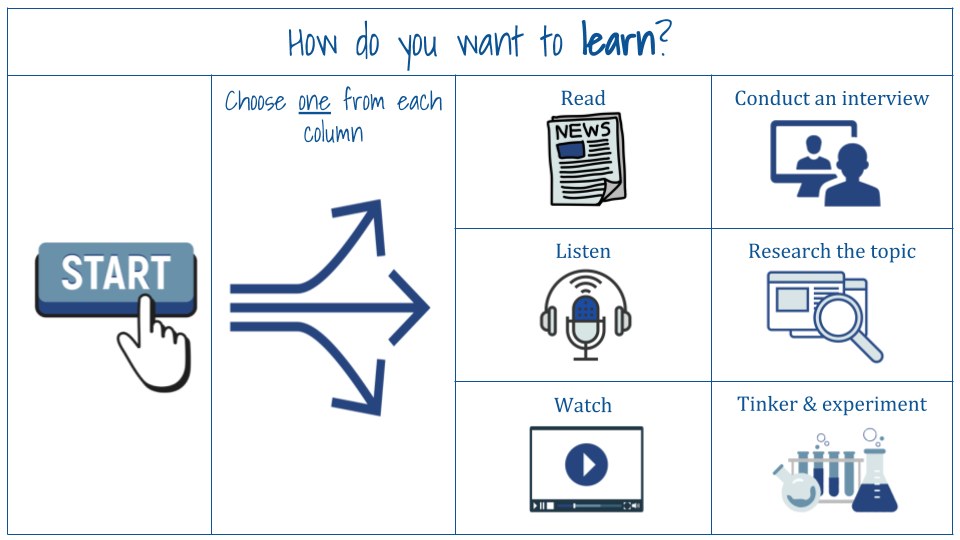
This creative “choose your own adventure” learning experience gives students lots of voice and choice in just about every aspect of learning and would be perfect for a term project. A google slide deck template provides the structure but students choose how they want to learn, how they want to process what they discovered, how they want to practice and review, and how they want to share their learning.
E-Books

You’ve reached the end of a unit or year, and you want students to demonstrate their learning in a way that requires them to synthesize information, apply it in new ways, and reflect on how they have grown. To achieve any of these goals, an end-of-unit exam doesn’t quite cut it. Instead, have students create their own PDF e-books, packaging up some aspect of their learning into a finished digital product…
Curation Assignments
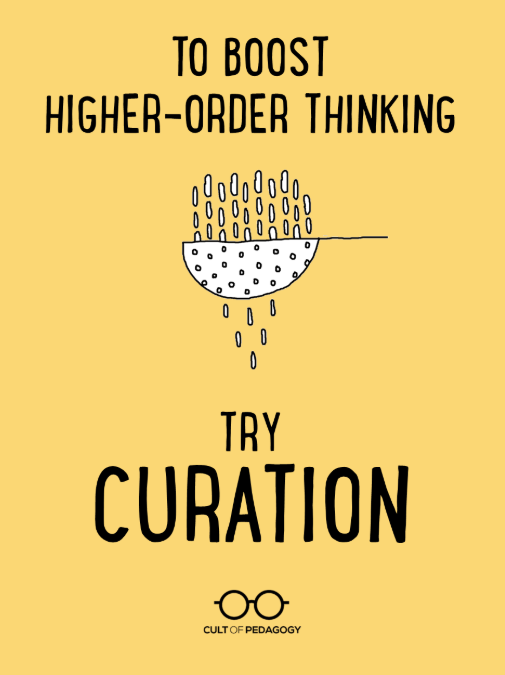
When it’s time to plan the learning experiences that would have our students operating on higher levels, some of us come up short. We may not have a huge arsenal of ready-to-use, high-level tasks to give our students. Instead, we often default to having students identify and define terms, label things, or answer basic recall questions. It’s what we know. And we have so much content to cover, many of us might feel that there really isn’t time for the higher-level stuff anyway. If this sounds anything like you, I have a suggestion: Try a curation assignment.
How to Teach Collaboration
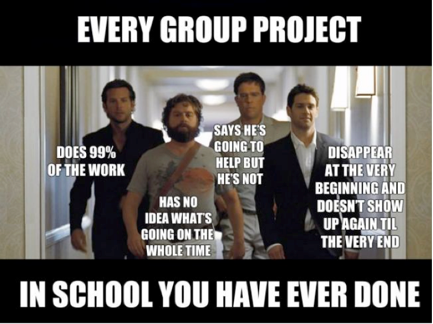
Before launching into literature circles, fishbowl discussions, Socratic Seminars, or any other small group pedagogy, let’s teach students HOW to work together. Here are five ways to take the guesswork out of group work.
Make it Stick
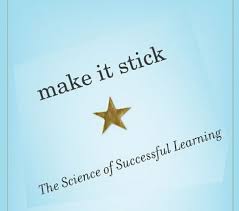
Procrastinate – Cram – Test – Forget. This is how most kids get through school. They may pass the class, but they don’t necessarily learn the material, much less remember it for any length of time. What if we could design our instruction so that the learning really stuck, so they remembered our content for years rather than just for long enough to pass the test? There is a way and it’s so simple. In this resource, you will learn how working memory and long-term memory function and how you can use the strategies of retrieval practice, spacing, interleaving, and feedback to help kids retain the content you are working so hard to teach.
Turn & Talk Sentence Frames
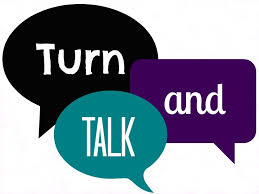
Every 12-15 minutes, students should be given a short amount of time to consolidate their learning. Here are four examples of conversation prompts teachers can give to help them do that.
